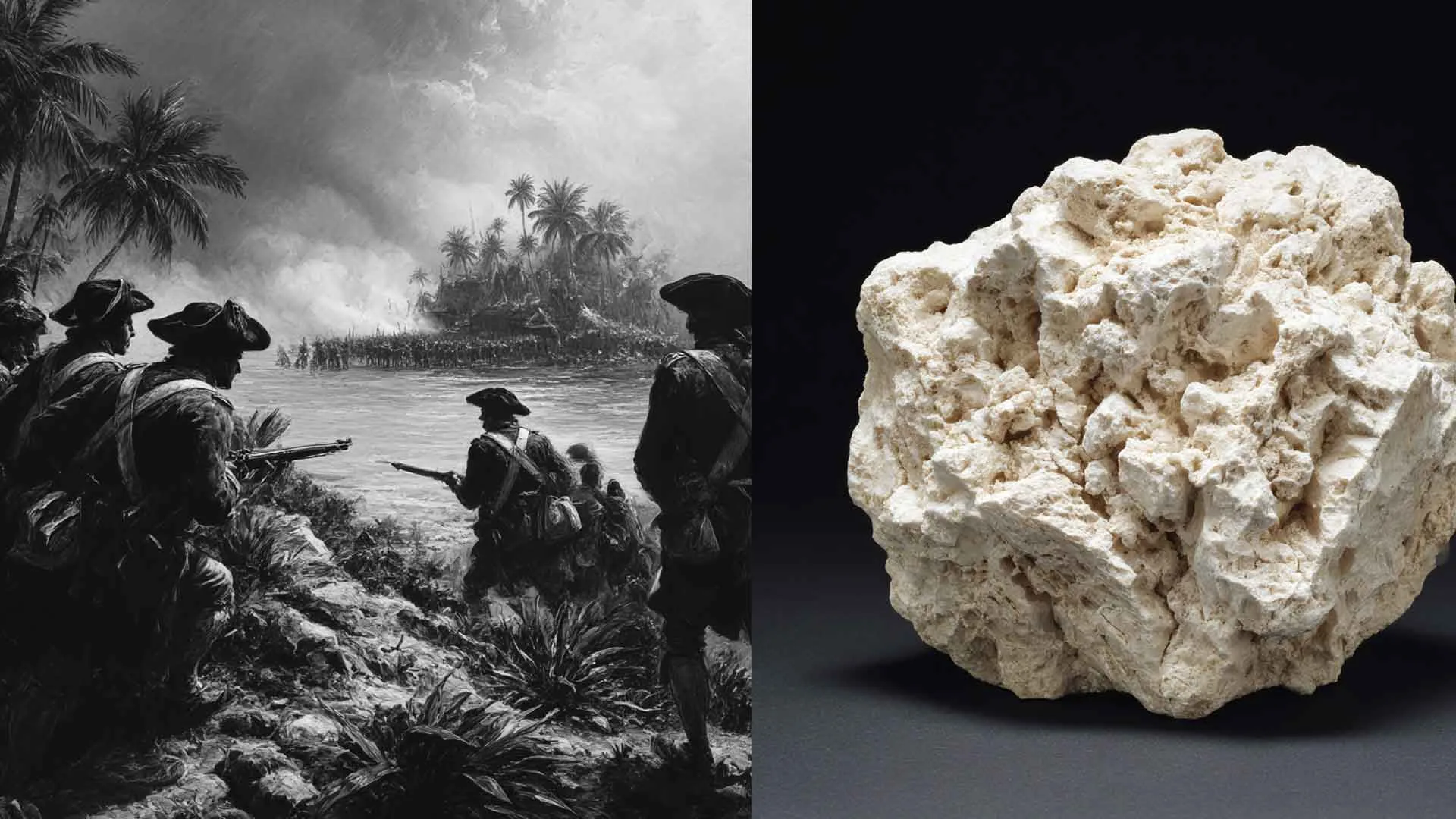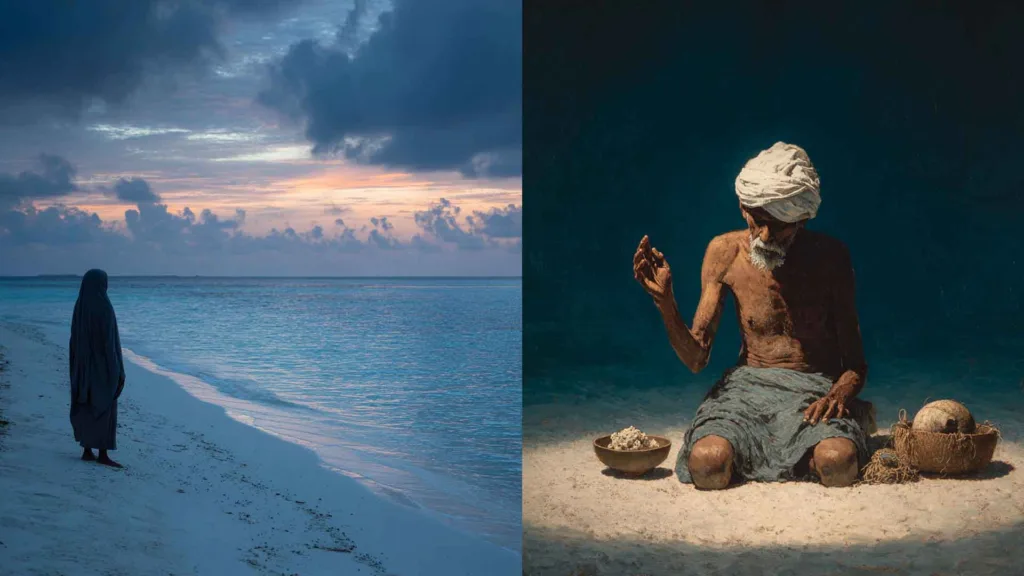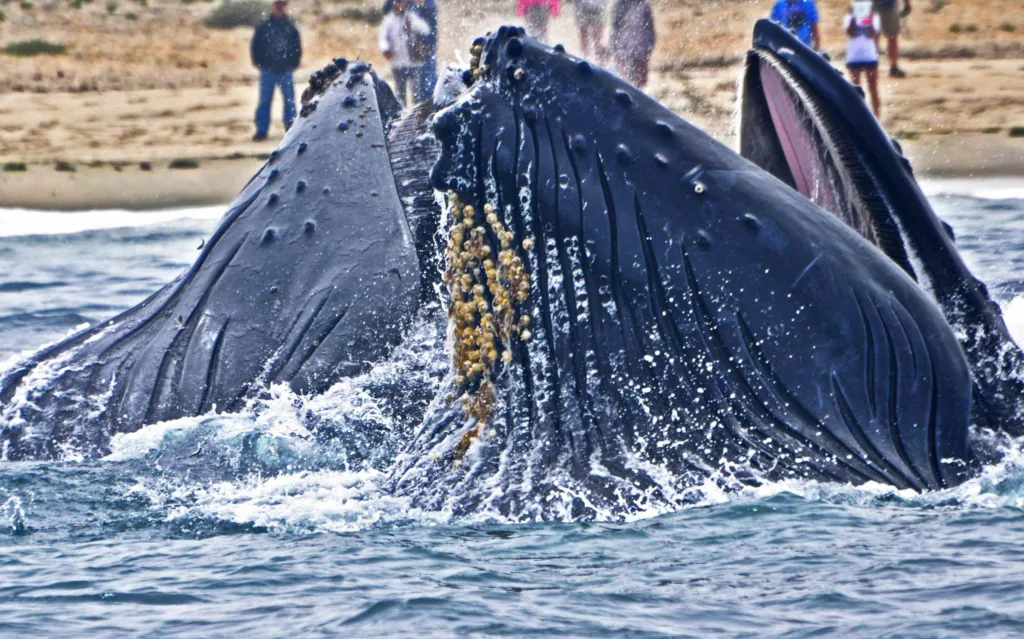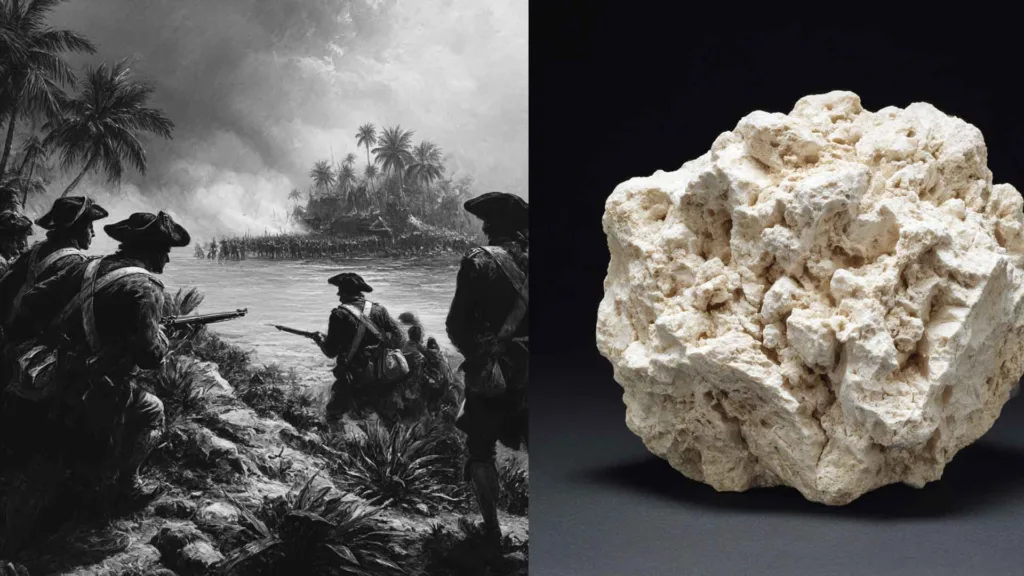
Nature showers humans with enormous natural resources and gifts. Some resources are abundant, while others are rare and valuable. The ocean is a vast area full of natural resources. Ambergris is one of the rarest gifts that humans receive. Ambergris is produced by sperm whales. According to the Natural History Museum of the United Kingdom, fossil evidence for ambergris dates back 1.75 million years. Even in the Maldives and elsewhere, its origins remained unknown for centuries.
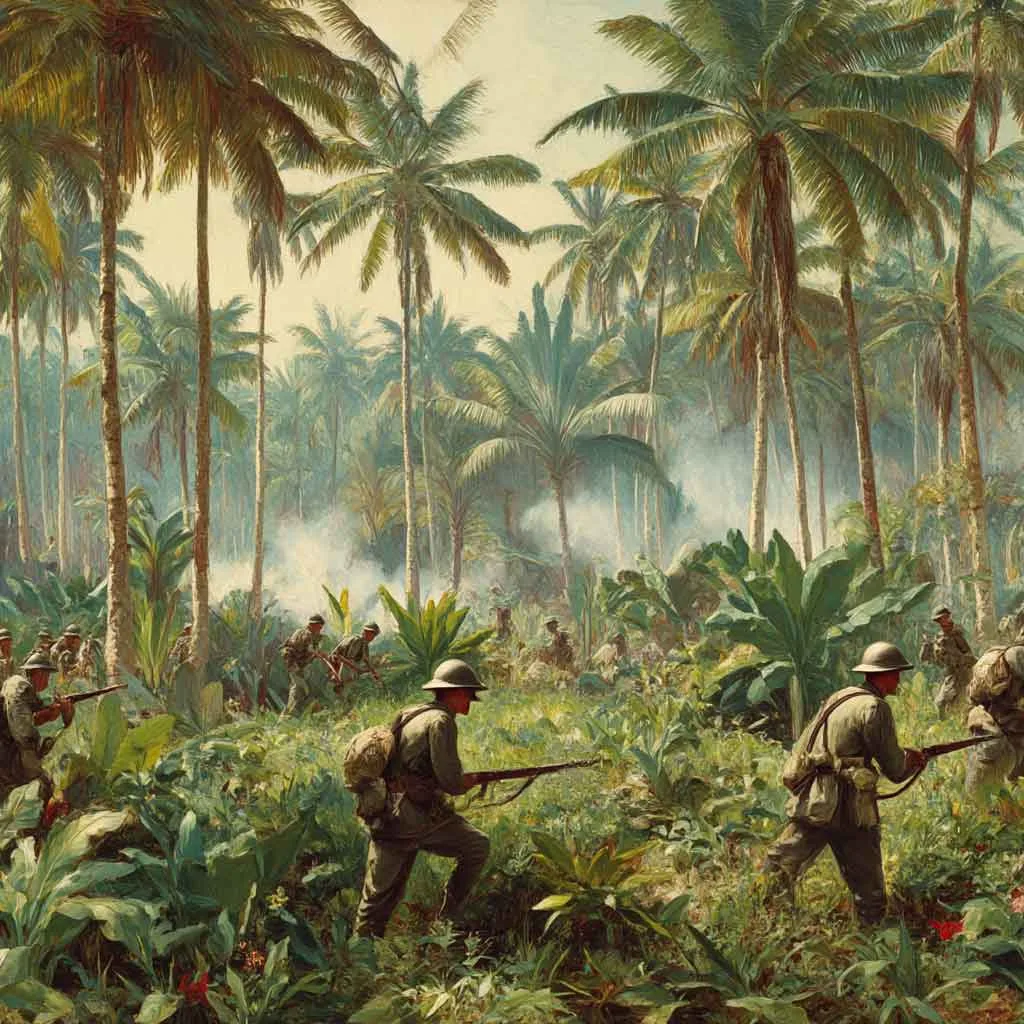
Ambergris is a waxy substance. Sperm whales consume cephalopods and molluscs. The whale usually vomits indigestible materials. However, in some cases, these things are not ejected. The resulting materials form a waxy and solid substance, which grows inside the whale’s intestine. Because of the Maldives’ rich biodiversity and the vast ocean surrounding the small islands, fishermen in particular have encountered this ‘floating gold’ on numerous occasions.
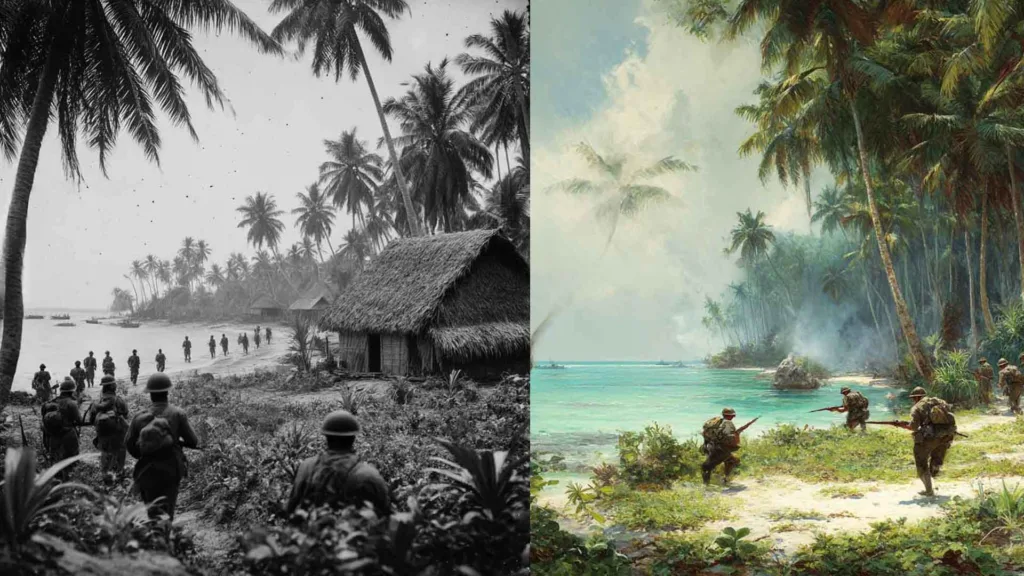
In the Maldives, ambergris is known as maavaharu. There are two types of ambergris found in the Maldives: hudhu maavaharu or nudanvaru (white) and kalhu maavaharu (black). Ambergris was a highly sought-after commodity in ancient times. According to historical records, ambergris has been traded since the ninth century (Grey, 1890). The Chinese traded ambergris in the early 15th century, and the Portuguese (Grey, 1890) traded Maldivian ambergris in the 16th.
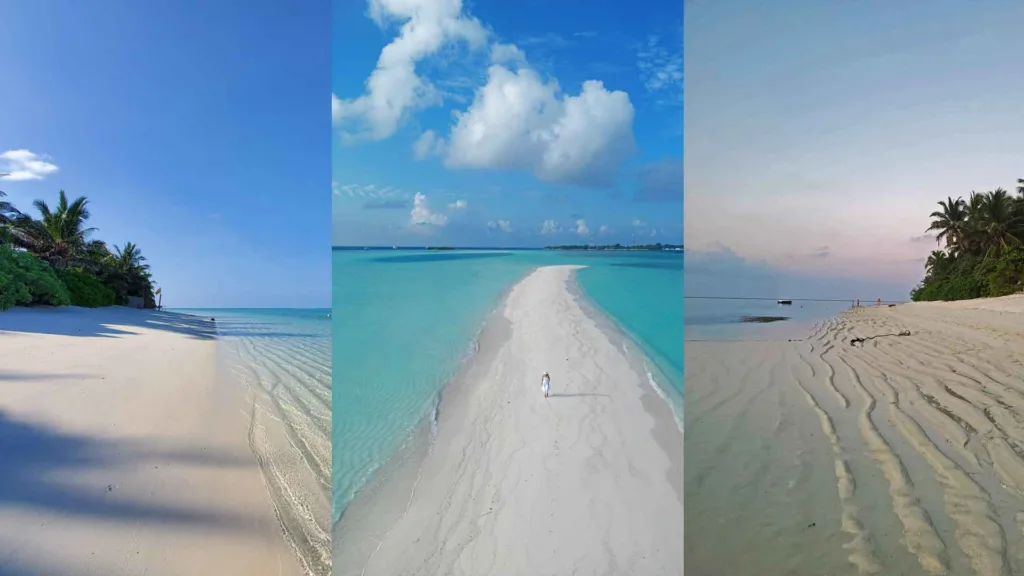
The French received ambergris in exchange for defending the Maldives from Cannanore’s forces of King Ali Raja. According to historical records they were paid the following year for their mercenary service. In 1573, a force from the Ali Raja, invaded Male’, the capital of Maldives, prompting the rulers of the Maldives to seek assistance from France. At that time a French office was located in Puducherry, India. The French sent four ships to defeat the invading force. As a reward, the Maldivian government provided a 153 kg piece of ambergris. According to historical records, the Maldives included ambergris in their annual tribute to the colonial governor of Ceylon (Hockley, 1935).
Fishermen or people who find ambergris usually sell it to middlemen who live or do business in Male’. Ambergris had a significant impact on Maldivian families. This miraculous gift has brought prosperity to fishermen and other ordinary families, changing their future for the better. Sperm whales, as well as ambergris, are now uncommon in the Maldivian oceans due to the dramatic decline of oceanic species and the enormous impact on ocean ecosystems. Human impact and climate change have negatively impacted the rich biodiversity of our oceans, making this treasure of the sea rare to find.
Ambergris is used as a traditional medicine in the Maldives. Traditional medicine practitioners are known locally as ‘Hakeem’ or ‘Dhivehi beysverin’. Ambergris is a valuable medicine in their homes and places of practice. Small pieces of ambergris are combined with various other medicinal materials and contents to create medicine. It is used in traditional medicine throughout the world. Ambergris is used for making expensive perfumes. It is also used in culinary products, as well as as a stimulant and aroma.
